-

Cyanidin 3-Flucoside CAS:7084-2-44
Cyanidin 3-Glucoside, a natural plant pigment belonging to the anthocyanin group, is recognized for its potential health benefits. As a powerful antioxidant, it is known for its ability to support cellular protection and overall wellness. This compound is commonly found in various fruits, vegetables, and botanical sources and is often utilized in dietary supplements, functional foods, and skincare formulations.
-

Bezafibrate EP (pharma grade) CAS:41859-67-0
Bezafibrate EP (pharma grade) is a pharmaceutical-grade compound belonging to the fibrate class of lipid-lowering agents. This active ingredient is commonly used for its cholesterol-lowering and triglyceride-reducing properties, making it a valuable therapeutic agent for managing dyslipidemia and related cardiovascular risk factors.
-

Acetyl Hexapeptide-3 CAS:616204-22-9
Acetyl Hexapeptide-3, also known as Argireline, is a synthetic peptide with anti-wrinkle properties. Recognized for its ability to inhibit the formation of expression lines, this ingredient has gained popularity in skincare formulations targeting signs of aging. By modulating neurotransmitter release at the neuromuscular junction, Acetyl Hexapeptide-3 offers a non-invasive approach to diminishing the appearance of fine lines and wrinkles.
-
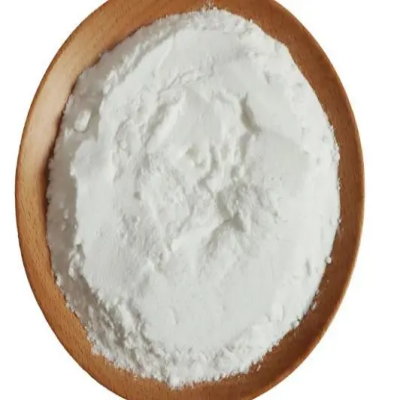
Copper Tripeptide- 1 CAS:89030-95-5
Copper Tripeptide-1 is a powerful peptide complex recognized for its restorative properties in skincare. Also known as GHK-Cu, this bioactive ingredient is valued for its ability to support skin regeneration, enhance wound healing, and promote a youthful complexion by stimulating collagen production and antioxidant activity.
-
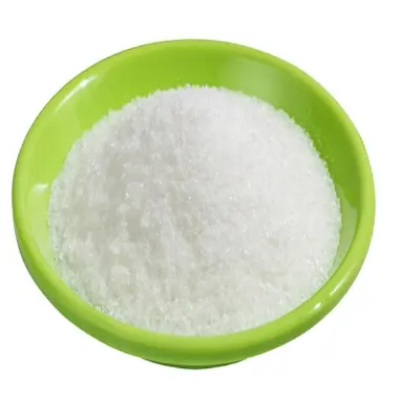
Acetyl Tetrapeptide-5 CAS:820959-17-9
Acetyl Tetrapeptide-5 is a synthetic peptide known for its potential to reduce puffiness and under-eye bags, making it a popular ingredient in skincare formulations targeting the delicate eye area. Recognized for its soothing and anti-inflammatory properties, this bioactive peptide has gained attention for its ability to improve the appearance of tired, puffy eyes.
-

Magnesium stearate USP (excipient) CAS:557-04-0
Magnesium stearate USP is a widely used pharmaceutical excipient, serving as a lubricant and anti-adherent in the production of various solid dosage forms, including tablets and capsules. This fine, white, odorless powder is compliant with the United States Pharmacopeia (USP) standards, ensuring high quality and purity for pharmaceutical applications.
-

Potassium tert-butoxide CAS:865-47-4
Potassium tert-butoxide is a strong, non-nucleophilic base and a common reagent in organic synthesis. It is derived from potassium hydroxide and tert-butanol and appears as a white to off-white crystalline powder. In chemical reactions, it serves as a base due to its high basicity and is often employed in the deprotonation of various compounds, such as alcohols, phenols, and acidic protons adjacent to carbonyl groups. Additionally, it is utilized in the formation of carbon-carbon and carbon-heteroatom bonds, as well as in the synthesis of pharmaceuticals, agrochemicals, and materials chemistry.
-
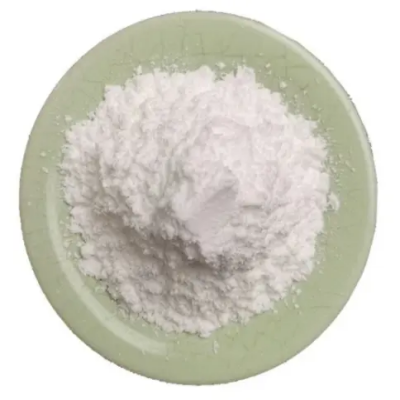
R-1,2,3,4-Tetrahydro-1-naphthylamine CAS:23357-46-2
R-1,2,3,4-Tetrahydro-1-naphthylamine is an organic compound with the molecular formula C10H13N. It is commonly used as a chiral building block in organic synthesis and pharmaceutical research due to its unique structure and reactivity.
-
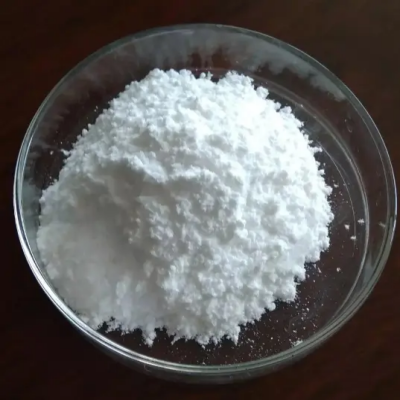
Sodium-t-butoxide CAS:865-48-5
Sodium t-butoxide is a strong, non-nucleophilic base commonly used in organic synthesis. It is derived from sodium hydroxide and t-butanol, and appears as a white to off-white crystalline powder. In chemical reactions, it serves as a base due to its high basicity and is often employed in the deprotonation of various compounds, such as alcohols, phenols, and acidic protons adjacent to carbonyl groups. Additionally, it is utilized in the formation of carbon-carbon and carbon-heteroatom bonds, as well as in the synthesis of pharmaceuticals, agrochemicals, and materials chemistry.
-

S-1,2,3,4-Tetrahydro-1-naphthylamine CAS:23357-52-0
S-1,2,3,4-Tetrahydro-1-naphthylamine is an organic compound with the molecular formula C10H13N. It is commonly used as a chiral building block in organic synthesis and pharmaceutical research due to its unique structure and reactivity.
-
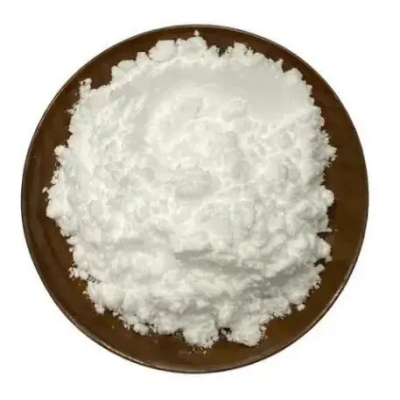
N,N,N’,N’-TETRAMETHYL-L-TARTRAMIDE CAS:26549-65-5
N,N,N’,N’-Tetramethyl-L-tartaramide is a chemical compound with the molecular formula C10H19NO5. It is a derivative of tartaric acid and contains four methyl groups, imparting unique properties to the molecule. This compound is utilized in various chemical reactions and organic synthesis processes for its chiral nature and potential applications in the formation of complex molecules.
-

(R)-(+)-Tetrahydro-2-furoic acid CAS:87392-05-0
(R)-(+)-Tetrahydro-2-furoic acid is a chemical compound with the molecular formula C5H8O3. It is commonly used in organic synthesis and pharmaceutical research, owing to its unique structural properties and reactivity.

